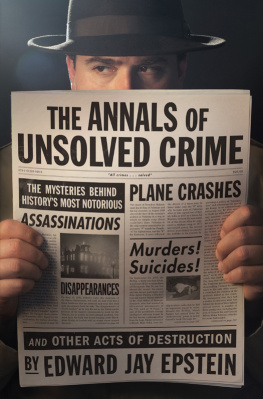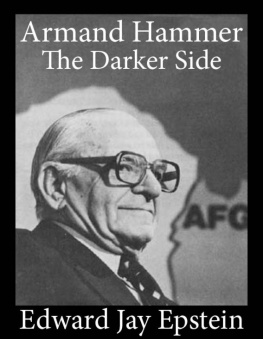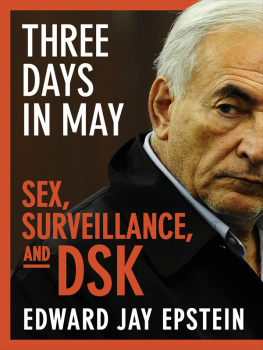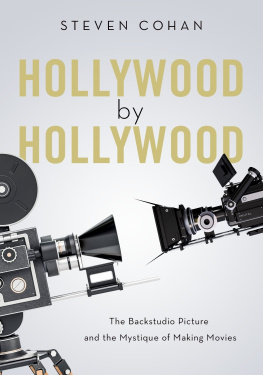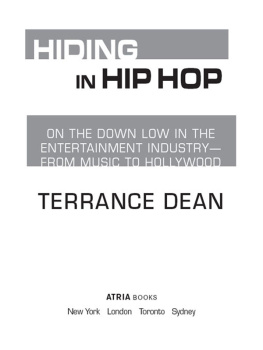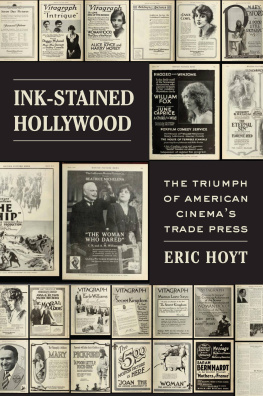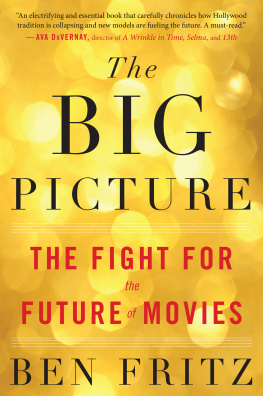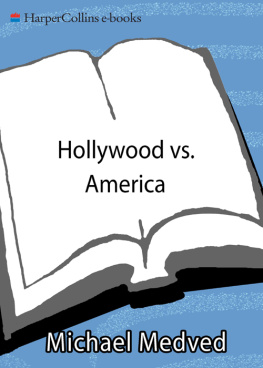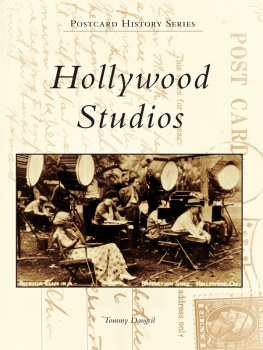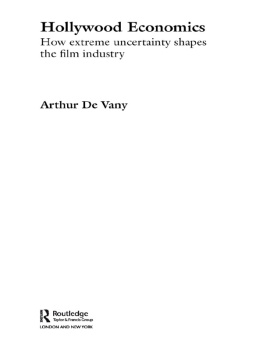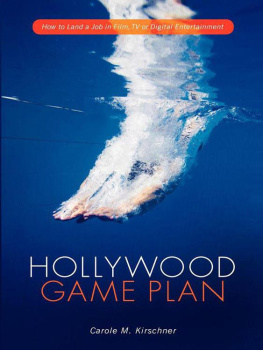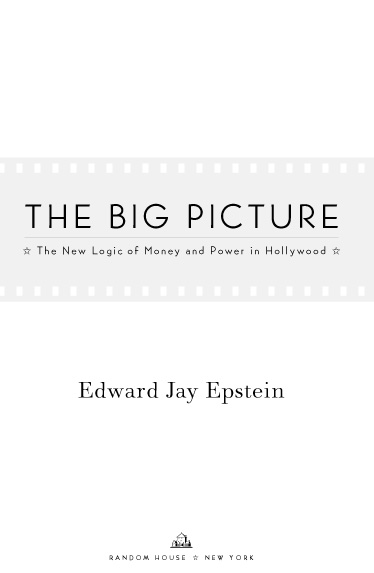
Contents
For Clay Felker
The Two Hollywoods
The Twilight of the Gods
On March 20, 1948, the elite of Hollywood, braving freezing temperatures and gale-force winds, filed past the newsreel cameras into the Shrine Auditorium in Los Angeles for the twentieth annual presentation of the Academy Awards. Once inside, they discovered a stage that had been transformed into a towering birthday cake, with twenty giant Oscar statuettes in place of candles.
The studios had much to celebrate that night. Their movies, the most democratic of all art forms, had become the principal mode of paid entertainment for the vast majority of Americans. In an average week in 1947, 90 million Americans, out of a total population of only 151 million, went to a movie, paying on the average forty cents for a ticket. Nor was this massive outpouring, about two thirds of the ambulatory population, the product of expensive national marketing campaigns. It was simply the result of regular moviegoers going to see whatever was playing at their neighborhood theaters.
Most of these moviegoers didnt go to the theater to see a particular film. They went to see a program that included a newsreel; a short comedy film, such as the Three Stooges; a serial, such as Flash Gordon; animated cartoons, such as Bugs Bunny; a B feature, such as a western; and finally, the main attraction. In 1947 in America, movie houses were more ubiquitous than banks. There were more than eighteen thousand neighborhood theaters. Each had only one auditorium, one screen, one speaker (located behind the screen), one projection booth, and one marquee. Every week, usually on Thursday, a UPS truck picked up the previous weeks reels and delivered the new ones. The new films title on the marquee and the listings for it in the local newspapers constituted all the advertising most movies got.
Virtually all of these movies and shorts came from regional exchanges owned and operated by seven distribution companies that were, in turn, owned by seven Hollywood studios: Paramount, Universal, MGM, Twentieth CenturyFox, Warner Bros., Columbia, and RKO. In little over a generation, these studios had perfected a nearly omnipotent mechanism for controlling what the American public saw and heard. It was known, collectively, as the studio system.
These studios had their common origins in the arcades, nickelodeons, and exhibition halls of the silent-film era. Their founders, self-made and self-educated Jews, had been part of the late-nineteenth- and early-twentieth-century wave of immigration from Eastern Europe. They had worked at menial jobs as ragpickers, furriers, errand boys, butchers, junk peddlers, and salesmen and then gone into the business of showing movies. Here they found an enthusiastic audience, especially among those not yet fully literate in English, and a great deal of competition for it. To rise above their competitors, they instinctively sought what later economists would call economies of scale. Louis B. Mayer, the founder of MGM, borrowed money to expand from a single theater in Haverhill, Massachusetts, to a small group of theaters that he combined into a circuitso called because the reels of a single movie could be sent by bicycle from one theater to the next (with showtimes cut so close that sometimes one theater was showing the first reel of a film while another theater was showing the last), allowing multiple screenings ofand multiple admissions forthe movies he rented from film exchanges. As their circuits expanded, these entrepreneurs began opening their own film exchanges and distributing movies to other theater owners, but they still made most of their money from tickets bought at their own box officeso called because the cash went into locked boxes.
When they found that they could not get enough movies on a regular basis from independent moviemakers, these new distributors took the next step and started making their own films. Initially, their studios were in the East, but as their production expanded after the turn of the century, they came under increased pressure from the Edison Trust, the legal entity formed by Thomas A. Edison to control the basic patents on movie cameras and projectors in America. The Trust filed a constant stream of lawsuits against the nascent film companies, who finally decided to relocate their studios a continents width away from the reach of the Trusts East Coast lawyers. They chose the newly incorporated village of Hollywood, Californiaa place they could controlfor their new home.
In less than a generation, these entrepreneurs had literally gone from rags (or furs) to riches. By the 1940s, the studio heads were among the highest-paid executives in the world. Having come from poverty, they reveled in this wealth and dubbed themselves mogulsan appellation that, although perhaps not strictly appropriate since it originally referred to absolute Moslem rulers, became part of their identity. Louis B. Mayer, who had scavenged rags as a newly arrived immigrant and at nineteen did not have, as his son-in-law David O. Selznick later put it, the price of a sandwich, was in 1947 the highest-paid executive in America, with an annual salary from MGM of $1.8 million.
The studios produced nearly five hundred films in 1947features and B movies. While marketing strategies varied slightly from studio to studio, the movie business in 1947 was a relatively simple affair. The studios did not license their films to television or other media or license their characters for toys, games, T-shirts, or other merchandise. Foreign markets provided some revenue, but that income was mostly offset by high taxesBritain had a 75 percent import tax, for exampleand most European and Asian countries had restrictions on currency repatriation. As a result, profits from abroad were almost impossible to retrieve.
In short, studios looked to a single source for virtually all their money: the American box office. In 1947 the six major studios earned over 95 percent of their revenue from their share of ticket sales (called rentals, since it was technically the rent theaters paid for films) at North American movie houses. This came to $1.1 billion, which made movies, after grocery stores and automotive sales, Americas third-largest retail business.
The studios were able to harvest this windfall extremely efficiently because they controlled almost all the movie theaters. MGM, Warner Bros., Paramount, Twentieth CenturyFox, and RKO had their own theater chains, which produced about half of their total revenue, while Columbia and Universal controlled chains of theaters less directly through their distribution arms. Among the theaters under studio control were most of the first-run houses in major cities in the United States and Canada, where films had their premieres. During these first runs, films got their reviews, garnered publicity, and generated the word of mouth that served as the principal form of advertising. Thanks to their direct ownership of the theaters, studios were able to determine where, when, and for how long their films played in their first run. Such engagements could extend for many months while studios prepared the subsequent release to neighborhood theaters. For example, in 1947, Samuel Goldwyns The Best Years of Our Lives was still playing at New Yorks Astor Theater, owned by MGM through its Loews subsidiary, six months after its premiere.
In addition, the studios indirectly controlled almost all independently owned theaters, which included most of the neighborhood and second-run movie houses, through ironclad contracts that forced the theater owners to commit to show a given number of films (usually ten) in a so-called block. If they did not accept a block, they got no studio films at allwhich meant they did not have the star names to attract an audience. Only a few dozen art theaters that showed foreign films could afford to turn down this blind-bidding arrangement.
Next page

